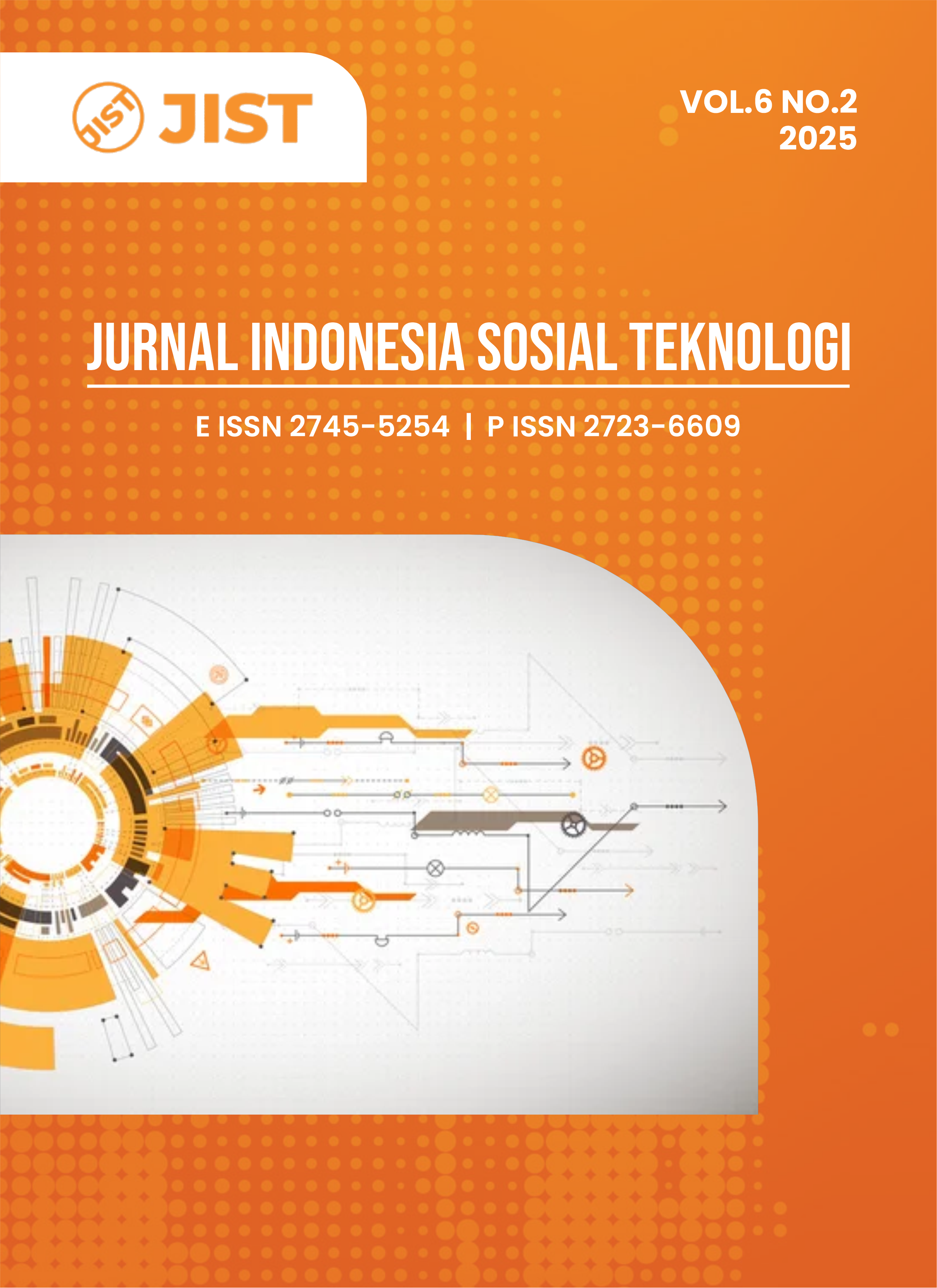Analysis of the Selection of Transportation Modes for College Trips
DOI:
https://doi.org/10.59141/jist.v6i2.8971Keywords:
mode of transportation, college commuting, studentsAbstract
The congestion conditions that occur on the UMY campus land and the route to the campus that has high density and congestion in the morning and evening, encourage the need for a study related to the reasons why students choose the mode of transportation used and the form of travel patterns that are carried out every day. The purpose of this study is to describe the demographic characteristics and characteristics of students' trips to college. The research method used was quantitative, with a cross-sectional design and purposive sampling techniques, and involved S1 and S2 students from the Faculty of Engineering. Data was collected through questionnaires, observations, and secondary sources, then analyzed using statistics. Based on the research results, most UMY students are 19-23 years old, male, earn above UMP, and have a Class C driver's license. Private cars are used stably over short-to-medium distances and dominate the high-cost category. Trans Jogja buses are popular for medium distances (8-14 km) among students on a budget. Online transportation is chosen for short-to-medium trips with higher costs. This study concludes that students prioritize flexibility, travel time efficiency, and affordability when selecting transportation modes. The policy implications show the need to improve public transportation access, provide campus shuttle services, and parking solutions to optimize student mobility and reduce congestion. Further research is suggested to explore policy frameworks for sustainable transportation in the campus environment.
Downloads
Published
How to Cite
Issue
Section
License
Copyright (c) 2025 Ajie Setiawan, Firga Ariani, Agus Budi Purwantoro

This work is licensed under a Creative Commons Attribution-ShareAlike 4.0 International License.
Authors who publish with this journal agree to the following terms:
- Authors retain copyright and grant the journal right of first publication with the work simultaneously licensed under a Creative Commons Attribution-ShareAlike 4.0 International. that allows others to share the work with an acknowledgement of the work's authorship and initial publication in this journal.
- Authors are able to enter into separate, additional contractual arrangements for the non-exclusive distribution of the journal's published version of the work (e.g., post it to an institutional repository or publish it in a book), with an acknowledgement of its initial publication in this journal.
- Authors are permitted and encouraged to post their work online (e.g., in institutional repositories or on their website) prior to and during the submission process, as it can lead to productive exchanges, as well as earlier and greater citation of published work.










